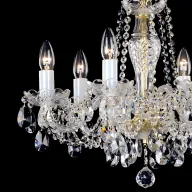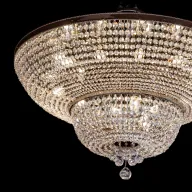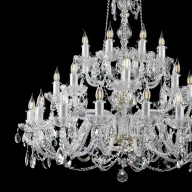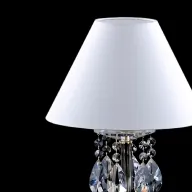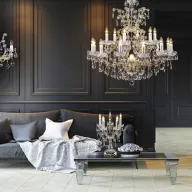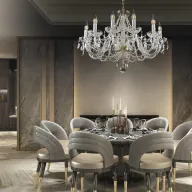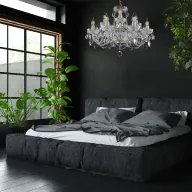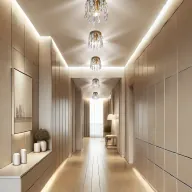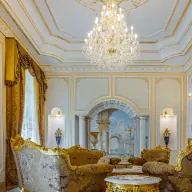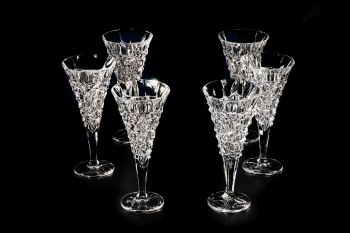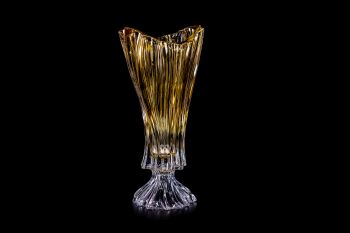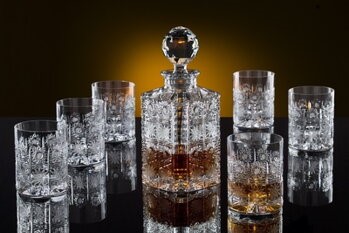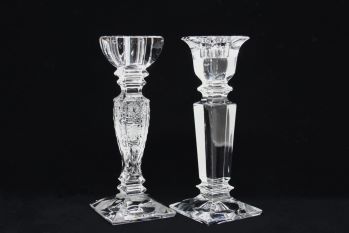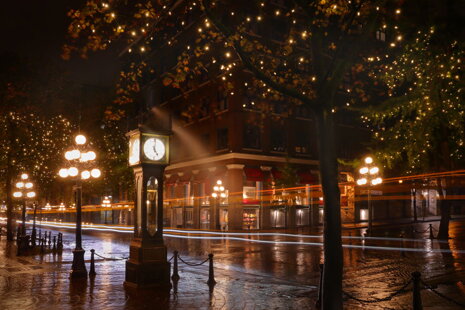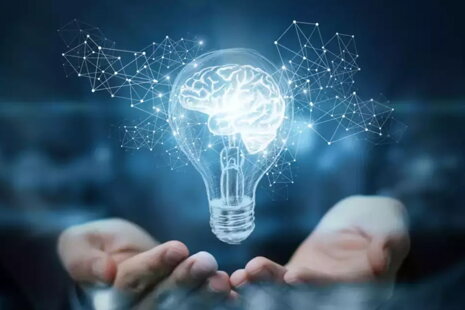How do the colours of light differ?
Added 16.11.2021 7:54.12
The colour of the light plays a big role. Much more than just design. The different ranges of the spectrum differ not only in shade, but also in their psychological effects on people. What are the differences in the colours of light?
Colour spectrum of light
We have already introduced the types of light, including the one visible to the human eye, which is the subject of this text, in the previous article. Its colour spectrum consists of 7 main colours - red, orange, yellow, green, cyan, blue, violet. That is why we call them spectral. But there are also non-spectral colours (white, grey, black, pink, turquoise) which are created by mixing the spectral ones.

Psychological effects of colours from light
We have known for centuries that colours have a great impact on the human psyche. In fact, the famous German playwright Johann Wolfgang von Goethe explored their effects in a study published in 1810. And it's no different with colours. Light affects our physical health more than we think - and the same is true of our mental health.
I. Effects of white light
The name "white light" is perhaps a little misleading, as it refers to sunlight (and its artificial equivalents) ranging from warm white to cool white, representing a combination of wavelengths of red, blue and green light in different proportions. And these change continuously throughout the day. In the morning and evening, the warmer red shade (about 3000 K) predominates, while around midday the cooler blue (up to 7000 K). And in between there is a blending where we can see green.

The warmer white light makes you feel at ease. So much so that after a while, it can become sleepy. It increases levels of the sleep hormone melatonin. Cooler colours, on the other hand, reduce it and therefore help maintain concentration and improve study or work performance. For this reason, warm shades of light are practically never used in schools or factories. And many factories even switch to as cool as possible during night shifts to increase employee concentration.
II. Effects of coloured light
Red light
Red light is warm, supports bodily functions and helps stimulate performance. It increases heart rate and adrenaline, but it can also lead to nervousness.
Orange light
Orange light is warm, induces well-being, is optimistic and stimulates appetite and communication. That's why you often see it in bars and restaurants. But of course everything in moderation. Even an excess of orange light can cause restlessness.
Yellow light
Yellow light is also warm because it evokes sunlight. And it looks the same - optimistic. It also increases creativity, making it popular with artists.
Green light
Green light has a similar effect on our brains as nature does, a calming, relaxing and almost meditative effect. For this reason, it is widely used, for example, in relaxation rooms where you go to lie down after a round in the sauna.
Blue light
Blue light gives you a feeling similar to watching the sky or the surface of the sea or ocean. In a moment you are calmer and more relaxed, but beware! Rooms with blue lighting can feel cooler than they really are, which can sometimes lead to higher energy consumption.
Purple light
Purple light is quite controversial because its effects are very different. It has a positive effect on some people and stimulates the imagination or fantasy, while it can be unpleasant for others and may even make them leave the area so illuminated.
The choice is entirely yours. But we're happy to help you make it.
Now you know that there is no such thing as light, and besides the intensity, you should also think about the colour of the light. ArtCrystal Tomeš crystal chandeliers come without bulbs - so it is up to you and your discretion whether you choose a classic bulb or an LED that can shine in colour. But we will be happy to help you with this. Both with the choice of the appropriate light colour and the lighting itself. Contact us.







